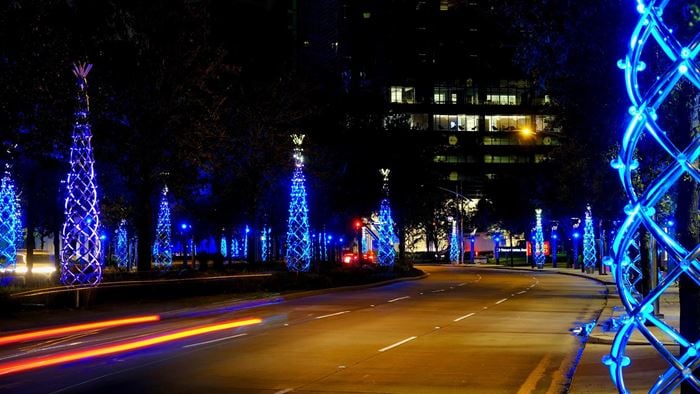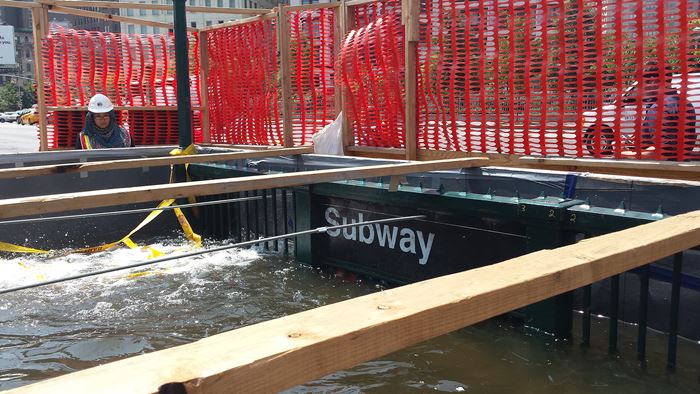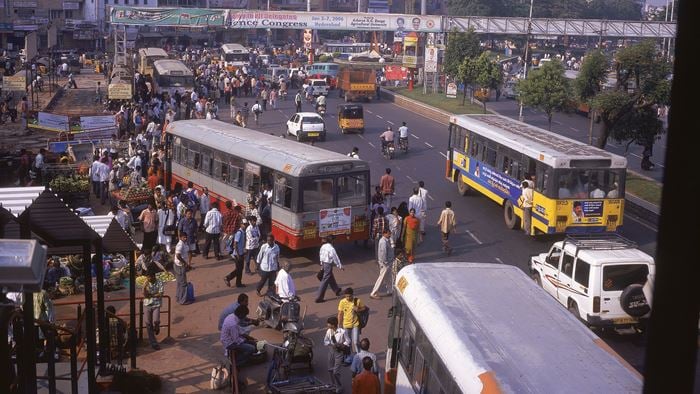Viaducts within cities hold a strong shared association.
They can be dark, ominous places, and in many urban contexts sit within poorly maintained or sparsely populated areas. The viaduct as film trope, particularly in the case of the elevated railway, serves as a signifier of urban decay, a visual cue for areas of crime, dilapidation, and literal ‘wrong side of the tracks’ socio-economic segregation.
This perception is not wholly unearned, poorly designed elevated structures can pose significant barriers between communities, and those ‘left over’ spaces beneath are inherently uninviting. As a consequence, they are typically underused and gradually worsen in condition.
This needn’t be the case.
Around the world, there are examples of creative and attractive utilisation of the space beneath viaducts. Paris’ Viaduct des Arts, has transformed 19th century railway arches into a beautiful series of arts and craft-related shops, creative studios and galleries in its undercrofts, and delivers significant uplift to the surrounding streets and promenade above. A similar example in a completely different context is London’s Westbourne Studios, with stunning accommodation for a cluster of creative businesses and artists nestled under a motorway.
“As cities grow and become denser, the focus on maximising the community and economic value of urban land will continue to intensify. ”
Matt Lally Associate Director
Disconnected and underutilised space is less tenable than in the past and the creative place-making impacts and opportunities of infrastructure design is better understood.
Here in Australia, whilst many of our new roads and railways are being built underground or at surface level, inevitably with land constraints, many elevated structures will be built over the coming years, sometimes through the middle of urban areas.

Arup is partnering with Roads and Maritime NSW, Transport for NSW, and UrbanGrowth NSW to explore the potential of these spaces in a new study entitled Under the Viaduct: Neglected Space No Longer.
The study is considering potential reuse options for existing viaducts, as well as better design options to account for these spaces in new infrastructure. The study has been inspired by Arup’s involvement in Under the Elevated, a design project in New York City exploring the transformation opportunities for NYC’s 700 miles of elevated infrastructure.
“Time and again we see elevated freeways and railways ripping through cities, separating communities and leaving a legacy of neglected undercroft spaces. Yet with fore-thought and imagination these elevated structures can provide ‘under-places’ rich in potential. ”
Matt Lally Associate Director
Drawing inspiration from international best-case examples, such as those referenced above, a range of Australian and overseas ‘demonstrator’ sites have been chosen to better understand limiting factors and test what reuses might be possible. Concept designs will bring potential re-uses to life.
The opportunities are all around us.
Think of the retrofitting potential for public space, amenable thoroughfares or even accommodation beneath Sydney’s Western Distributor at key overpasses Sussex, Harris and Kent Sts, or the new-build aspirations for the rail viaducts of Melbourne’s level crossing removal programme.
The most exciting possibilities may lie in ‘infill’ applications. Inserting occupiable spaces beneath larger viaducts can unlock versatile, affordable space. It also allows opportunities to better integrate the existing piece of infrastructure into the existing urban fabric, aesthetically and functionally.
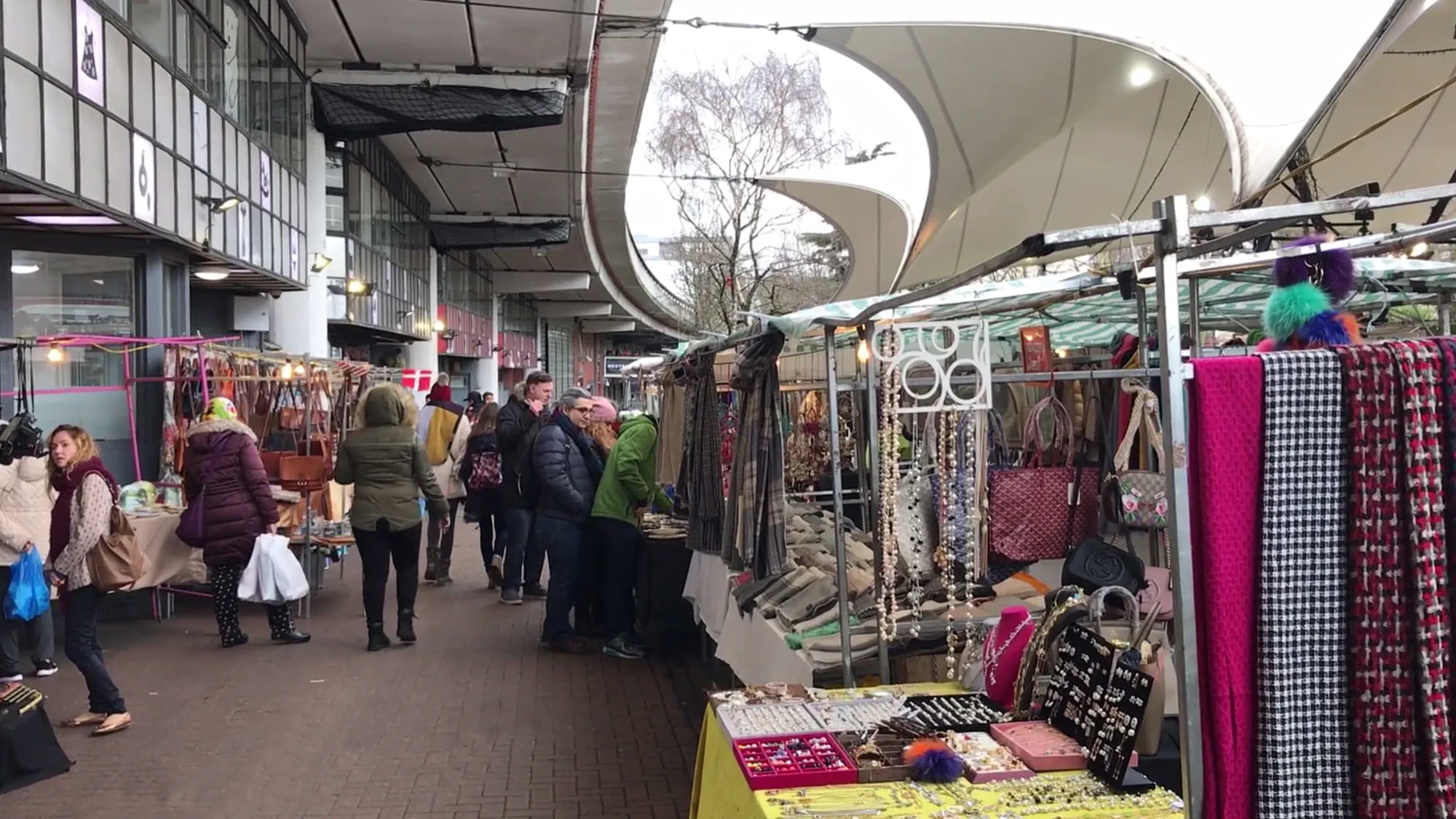
Roads and Maritime Services new offices beneath the Sydney Harbour Bridge show what can be achieved with imagination, and also delivered major cost savings for the public purse.
With so many options available, there is good reason to believe that under the viaduct will be neglected spaces no longer soon enough.
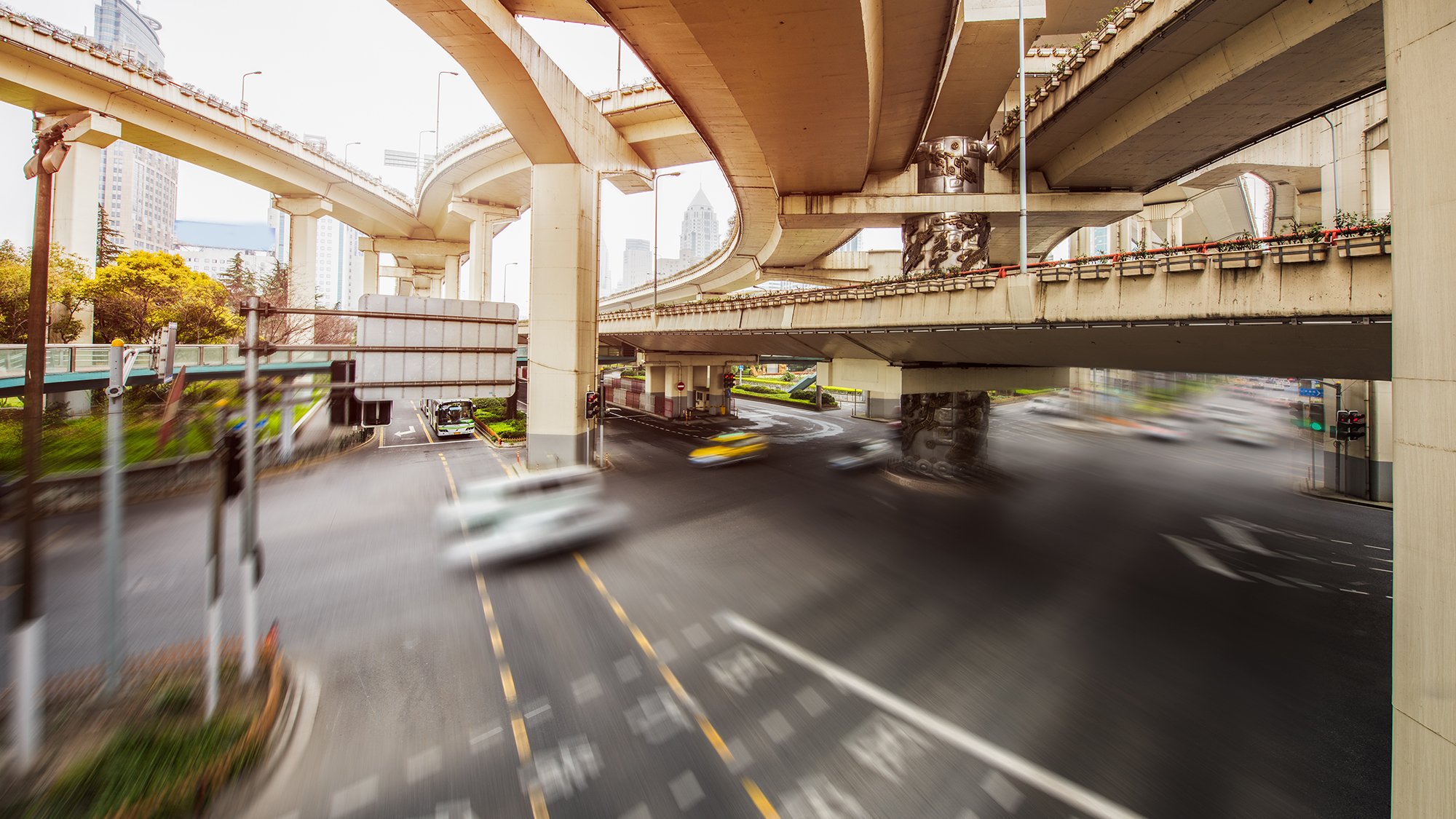 ;
;



